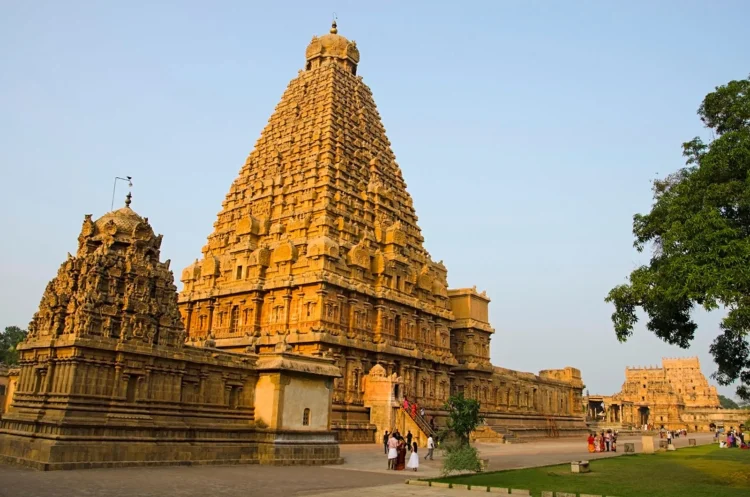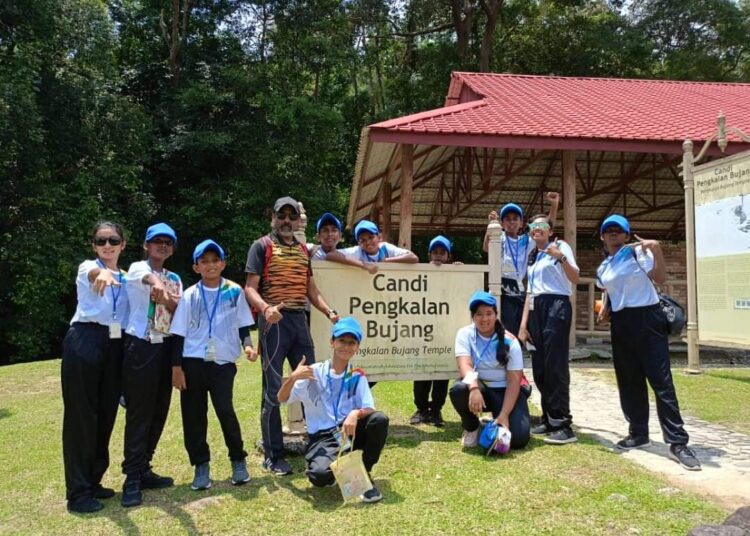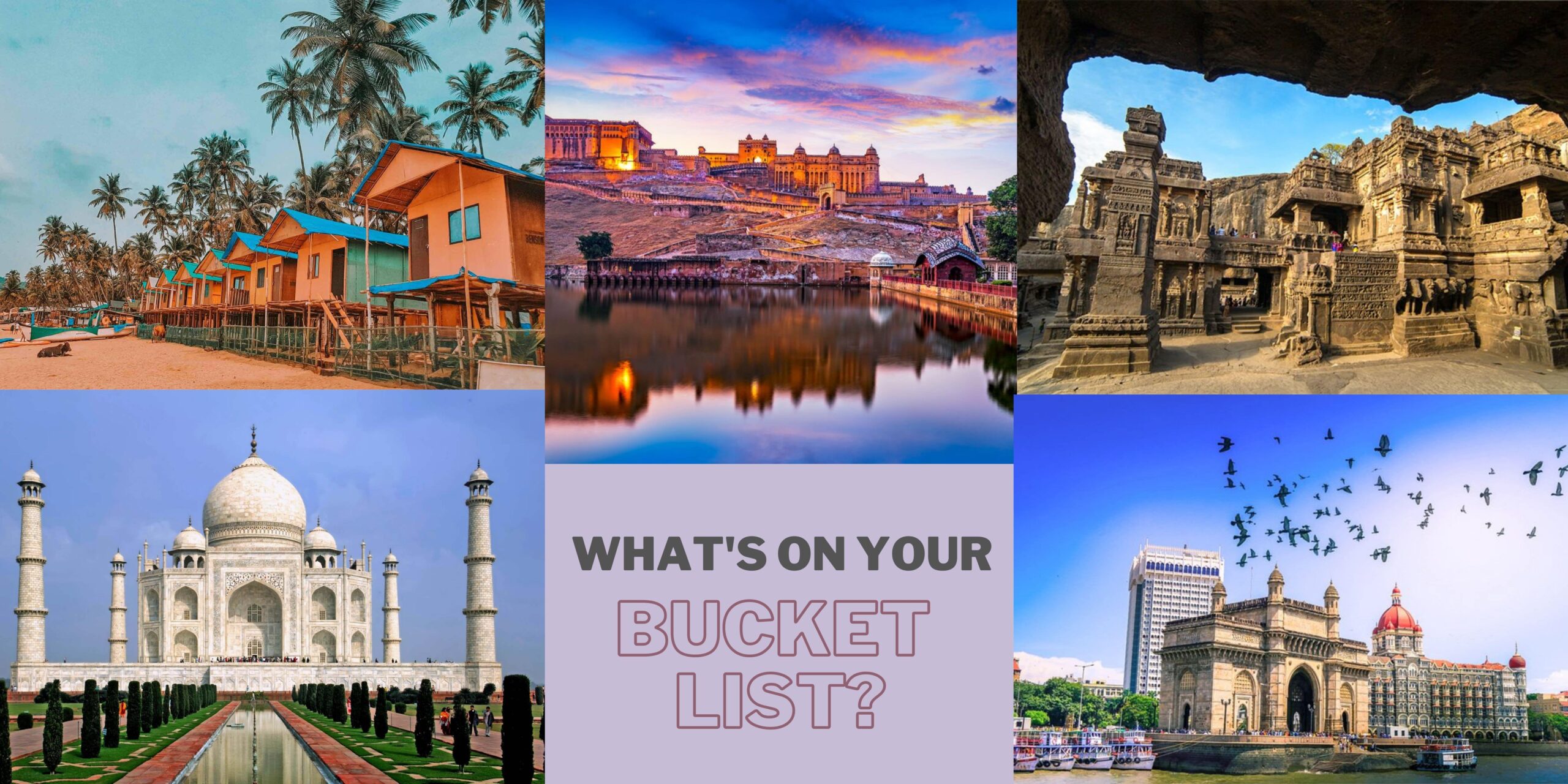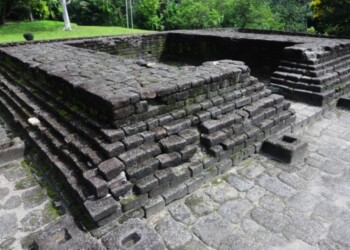As the world comes together on April 18th to celebrate World Heritage Day, it’s a poignant moment to reflect on the richness of our global cultural and natural heritage. This day serves as a reminder of the collective responsibility we hold to protect and preserve these invaluable treasures for future generations.
World Heritage Day, also known as the International Day for Monuments and Sites, was established by the International Council on Monuments and Sites (ICOMOS) in 1982 to raise awareness about the diversity of cultural heritage and the efforts required to safeguard it. Over the years, it has evolved into a global platform for promoting cultural diversity, fostering intercultural dialogue, and advocating for the conservation of heritage sites worldwide. The theme for World Heritage Day 2024, “Discover and Experience Diversity,” underscores the richness of our collective history. It serves as a poignant reminder to explore and appreciate the unique cultural heritage of diverse communities around the world.
Indian cultural heritage is a mosaic woven with threads of ancient civilizations, diverse traditions, and vibrant expressions of art, architecture, music, dance, cuisine, and spirituality. Spanning thousands of years and encompassing a multitude of cultures, languages, and belief systems, Indian’s cultural heritage is one of the most dynamic and multifaceted in the world.
Taj Mahal
Indian art and architecture stand as testaments to human creativity and ingenuity, renowned for their exquisite craftsmanship and intricate detailing. Among these iconic structures, the Taj Mahal in Agra stands as a timeless symbol of love and architectural brilliance. Built by the Mughal emperor Shah Jahan in the 17th century in memory of his beloved wife Mumtaz Mahal, the Taj Mahal is celebrated as one of the most beautiful buildings in the world. Its white marble facade, adorned with intricate carvings, inlaid with precious stones, and crowned by a majestic dome, reflects the perfection of Mughal architecture.
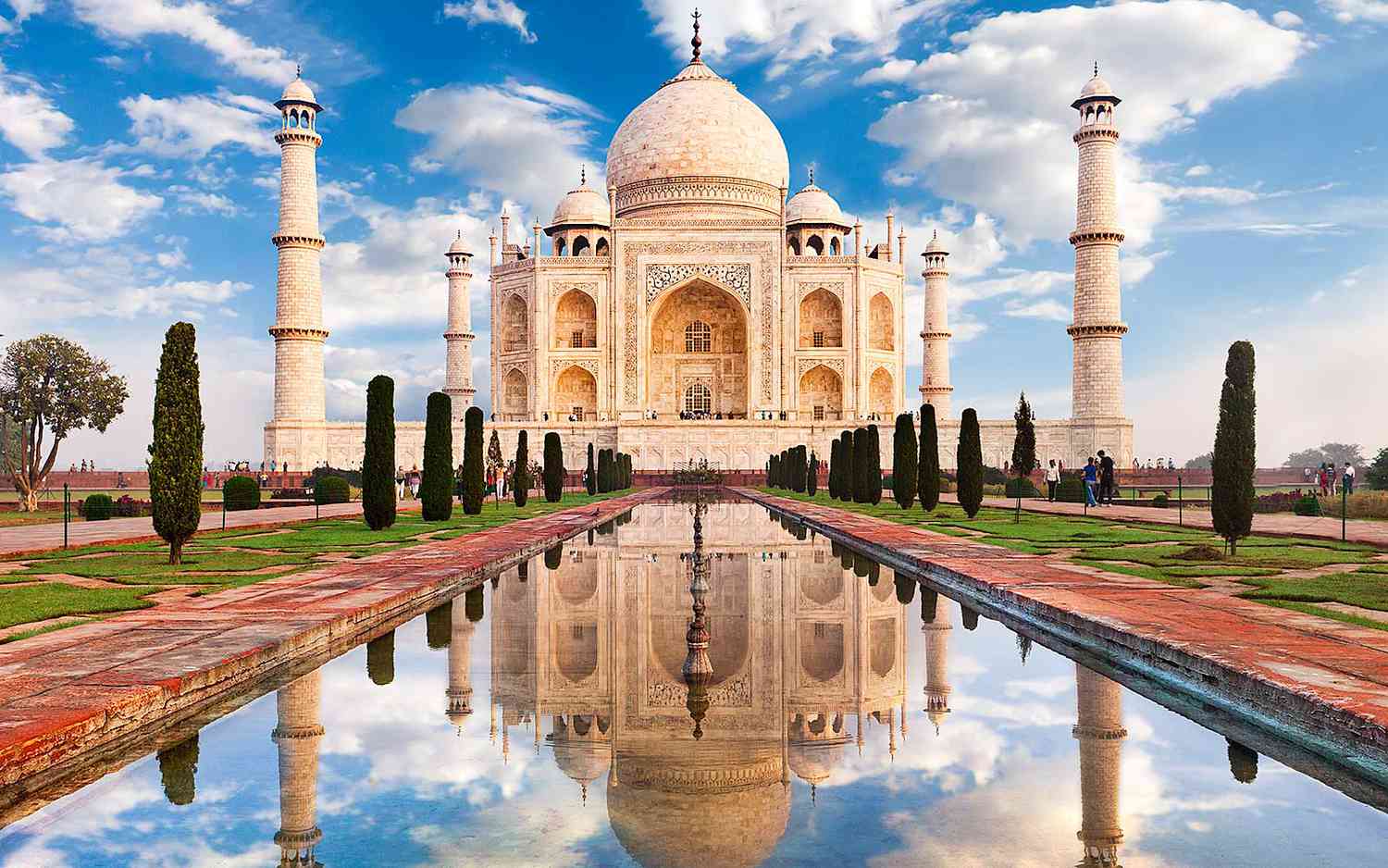
Thanjai Periya Kovil
The Brihadishvara Temple, fondly known as Thanjai Periya Kovil or the ‘Thanjavur Big Temple’, serves as a striking illustration of Shaivite Hinduism and Chola architectural prowess. Situated gracefully on the southern banks of the Kaveri River in the ancient city of Thanjavur, Tamil Nadu, India, this temple is not only among the grandest Hindu sanctuaries but also a pinnacle of Tamil architectural brilliance. The temple’s grandeur and architectural sophistication continue to inspire awe and admiration, serving as a sacred pilgrimage site and a UNESCO World Heritage Site.

Lembah Bujang
In Malaysia, the Lembah Bujang archaeological site stands as a captivating window into the rich mosaic of Southeast Asian history and culture. Nestled within the Kedah state, Lembah Bujang is not just an archaeological site but a living testament to the region’s ancient past and vibrant heritage. Once a bustling port city and a hub of early Southeast Asian civilization, Lembah Bujang is serving as a vital center for trade, commerce, and cultural exchange. Its strategic location along maritime routes facilitated the influx of goods, ideas, and people from distant lands, contributing to the region’s cosmopolitanism and prosperity.
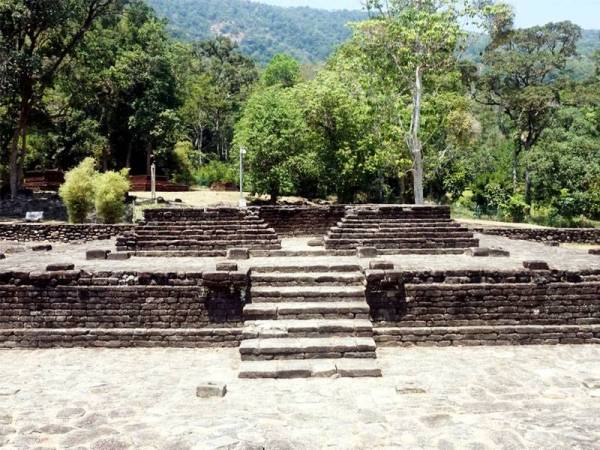
Today, the remnants of Lembah Bujang’s illustrious past are scattered across its expansive landscape, offering tantalizing glimpses into bygone eras. The site is home to a plethora of archaeological treasures, including temple ruins, ceremonial platforms, and inscribed stone monuments, each bearing silent witness to the region’s cultural and religious history.
Artistic tradition & Cuisine
In addition to architectural marvels, Indian culture is a treasure trove of artistic traditions, from classical dance forms like Bharatanatyam, Kathak, and Odissi to classical music genres such as Carnatic. Traditional crafts such as pottery, weaving, embroidery, and wood carving continue to thrive, preserving age-old techniques passed down through generations.

Cuisine is another integral aspect of Indian cultural heritage. From the spicy curries of the south to the aromatic biryanis of the north, Indian cuisine is a celebration of flavors, colors, and aromas that tantalize the taste buds and evoke a sense of culinary delight.
As we commemorate World Heritage Day 2024 and reflect on the diverse cultural and natural heritage that enriches our world, it becomes evident that these treasures are not just relics of the past but living embodiments of human creativity, resilience, and interconnectedness. Through the celebration and preservation of our shared heritage, we not only honor the legacy of our ancestors but also pave the way for a more inclusive, harmonious, and sustainable future where cultural diversity is cherished, and intercultural dialogue flourishes. As custodians of our global heritage, let us reaffirm our commitment to protecting and nurturing these invaluable treasures for generations to come.
Follow us on Instagram, Facebook or Telegram for more updates and breaking news.


